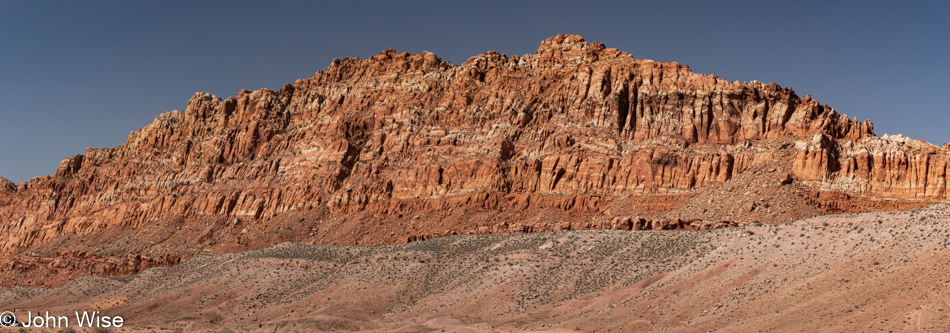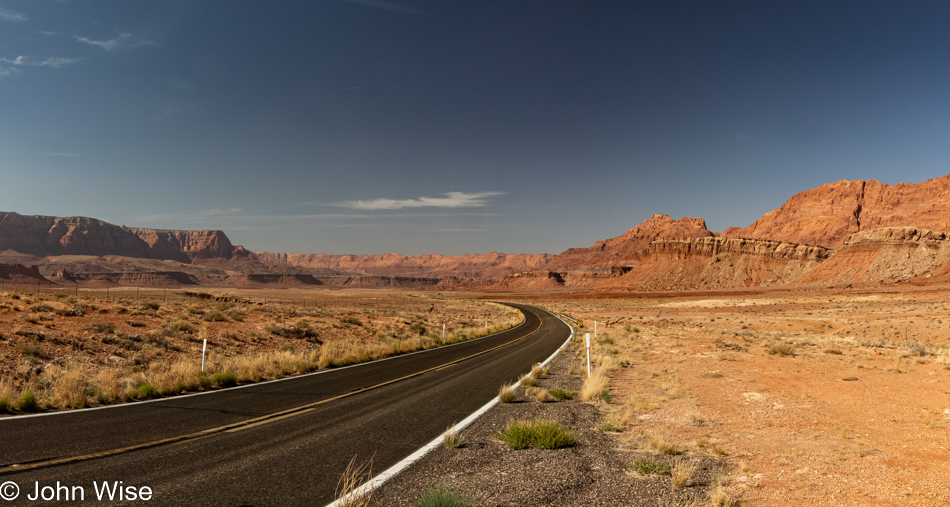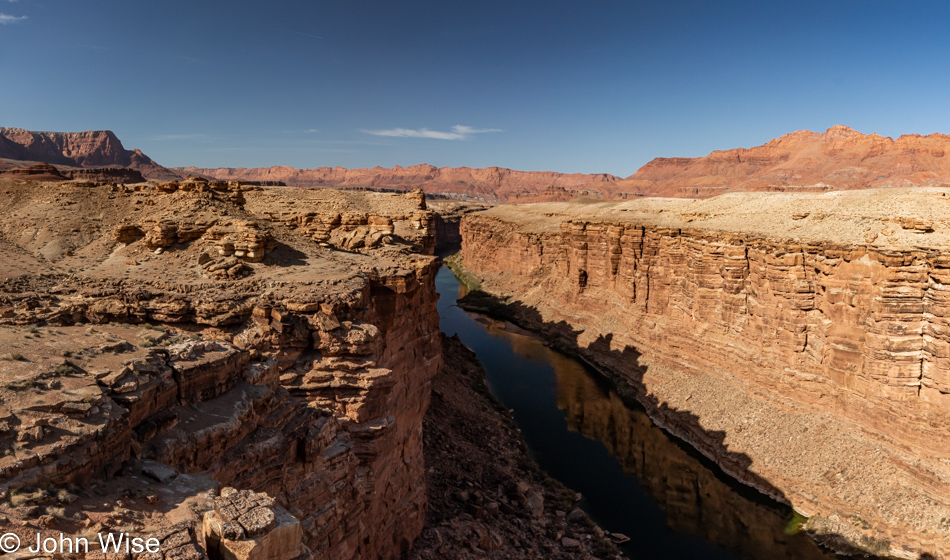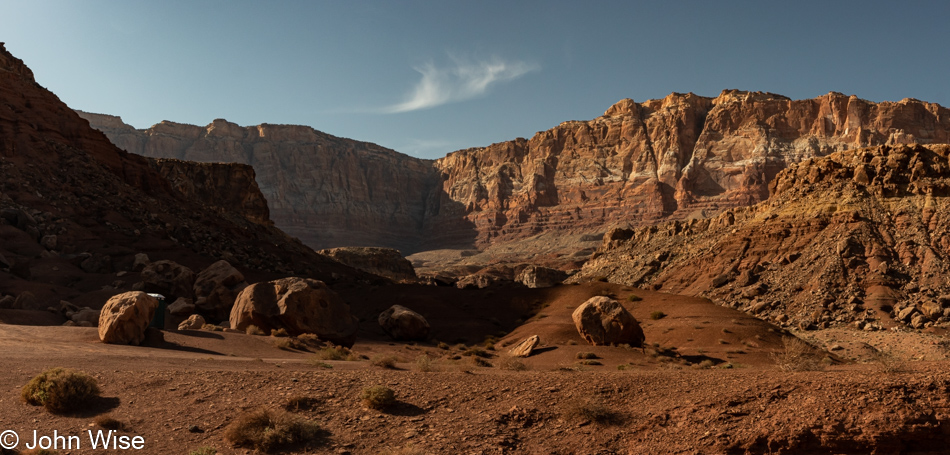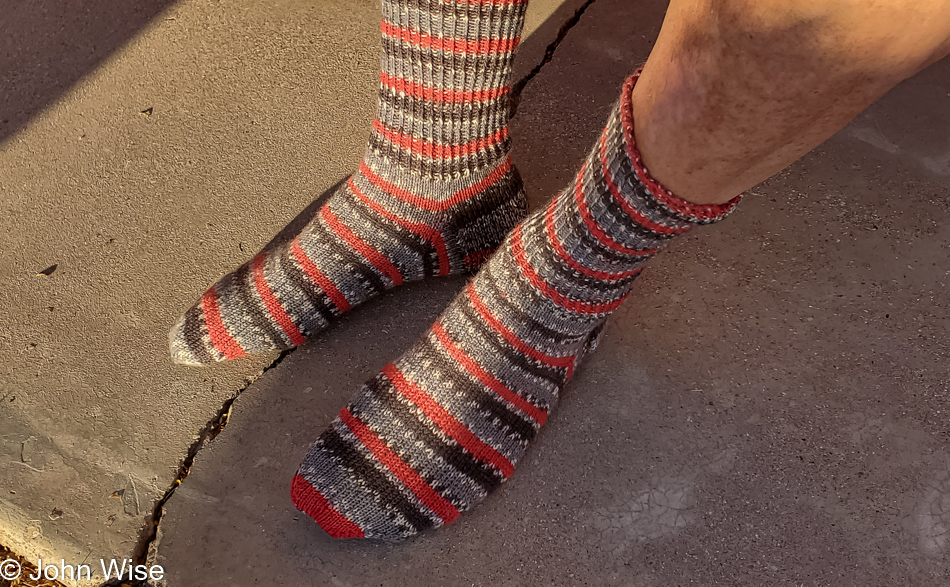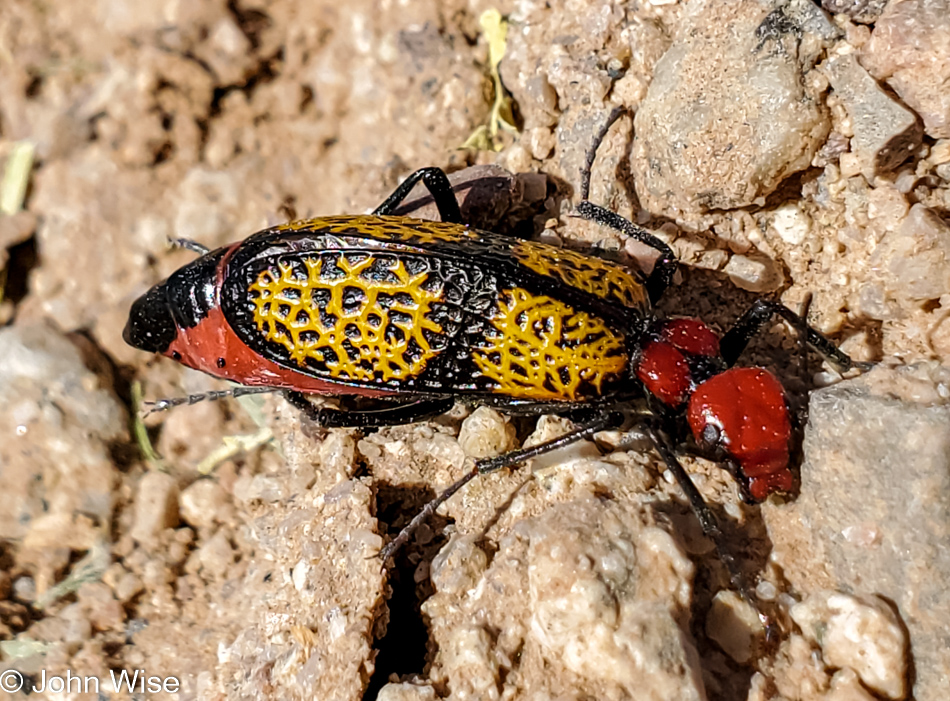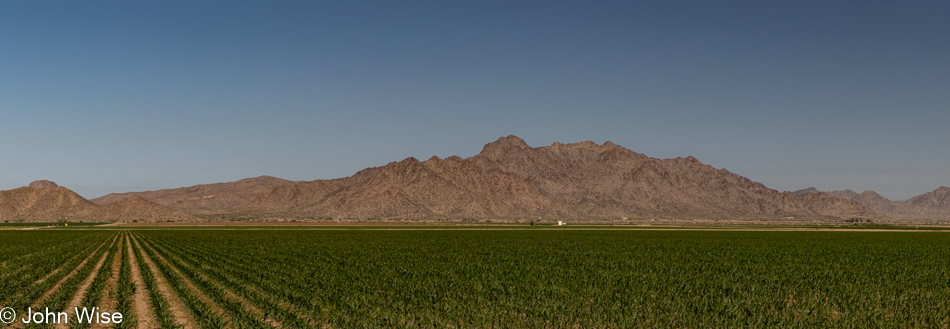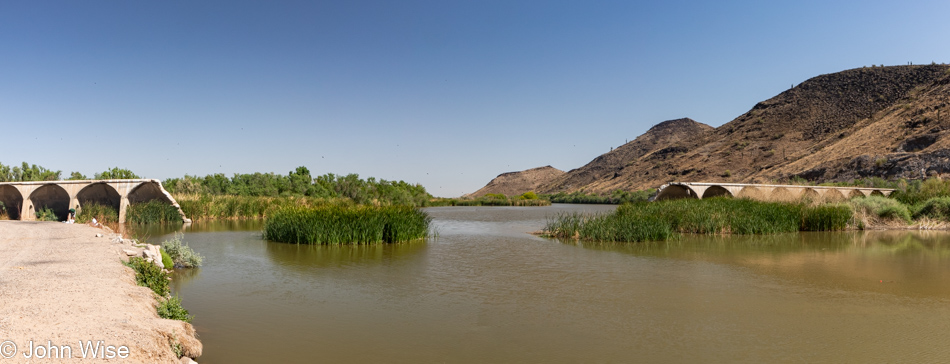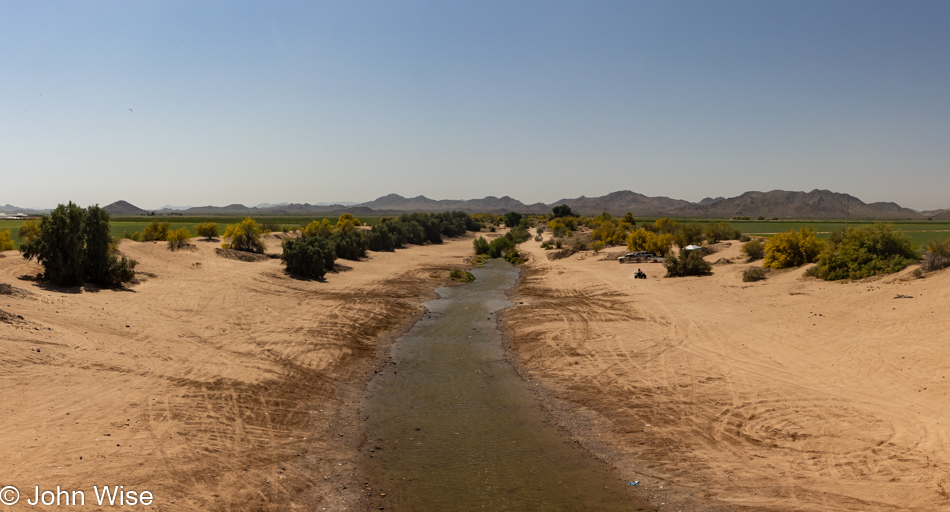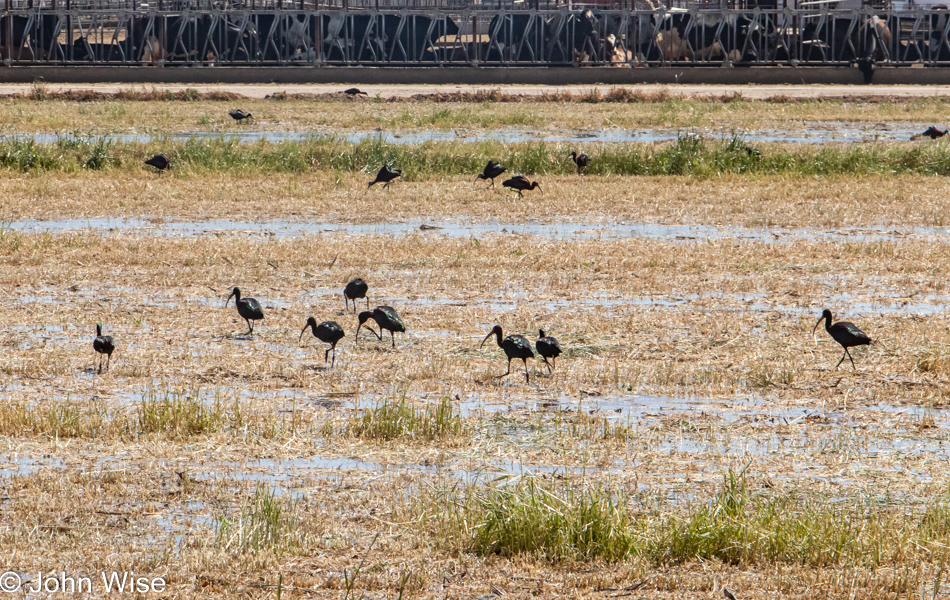
Yesterday’s pain party was worse than I whined about in yesterday’s blog post, so on our way back to our hotel after dinner, we’d decided we’d had enough and that Sunday would be a chill day with some sightseeing, but we’d lay off the hiking. After waking and packing the car, we turned left out of the driveway in the direction of home. We didn’t make it a mile before I suggested that we should at least take a look at the Tropic Trailhead that was just around the corner. Caroline agreed, and we whipped a U-turn. Both of us felt pretty good, and we agreed that at the first sign of knee or hip pain returning, we’d turn around from this trail that was rated as easy.

The elevation change is so subtle that it’s almost like walking on level ground out here; we sigh a relief and confirm that we are both okay and ready to continue. That solo deer walked along on our right for nearly a minute before jumping forward and then cutting right to cross the trail; once more, I’m foiled from getting a better photo as I failed to anticipate needing a zoom lens. Maybe if I write this enough times to myself here, I’ll remember to bring it next time. I’ll also point out that nearly every trailhead has a sign warning people parking there to NOT leave valuables in their car, and there are times we simply don’t want to lug that 3-pound lens in Caroline’s backpack. Oops, I think I wrote “we” in that last sentence when I meant Caroline. I might even feel guilty if I saddled that weight on her shoulders with the water, sweaters, food, sunblock, and the multitude of other things she takes responsibility for carrying as I’m too sensitive to be bothered with anything that detracts from taking perfect photos. Just try to think of it as I’m the deer moving lithely, independently, and free of burden in case I have to respond to capturing something important while my devoted wife remains at a safe distance, ready to support me and react to my beck and call. We call it happiness through structure. She’ll call this last bit BS after reading it, I’ll bet ya. [Eye rolling intensifies – Caroline]
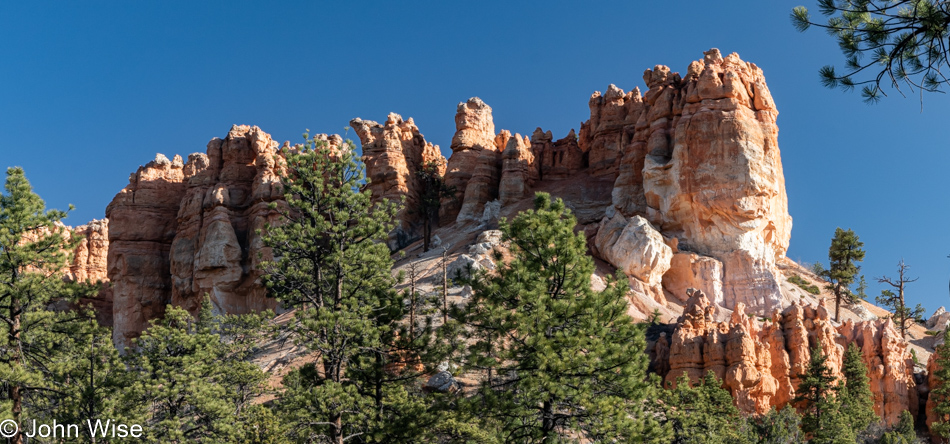
Shenanigans and nonsense are not what we are here for, nor what my writing about the day’s events should be about, but after this weekend’s slog of writing a mega-ton of love stuff, I’m nearly exhausted at even the idea of trying to share meaningful prose here. So, on that note, these are beautiful orange and white rocks that also fall in the category of hoodoos, which have everything to do with our hike into Bryce Canyon from the only way in that doesn’t descend from the rim.

It’s only a 1.8-mile hike to the fork in the trail, and as long as we don’t hit any steep parts along the way, we feel confident we’ll have a good majority of the requisites steps we need for the day or about 8,000 of the 10k we aim for. Considering that we were comfortable with just heading south out of Utah for the trek home, we are thrilled that we didn’t cut bait and go.

Met a Swiss couple crossing our trail as we reached the spot where the Peek-a-boo, Queens, Navajo, and horse trails converge. They went left, and so we went right to not be right on their heels.

Hey, wait, I thought we’d agreed that there would be no up or downhill of any significance. With neither of us finding insurmountable pain in our joints, we decided that it was okay, but just this one to see what’s around the bend. There wasn’t a spectacular view, so after about five more minutes up this horse trail, we were about ready to turn around.
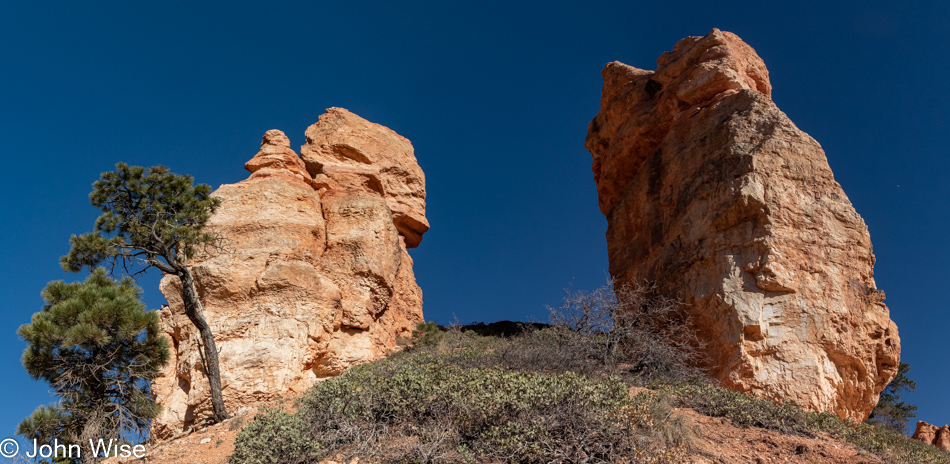
This was as far as I wanted to go while Caroline continued up to the saddle between these hoodoos as her gut said unto her, “A great view is just ahead.” Wrong. Turn your ass around and return from whence you came.

Somewhere down on the forest floor below is where we are heading.
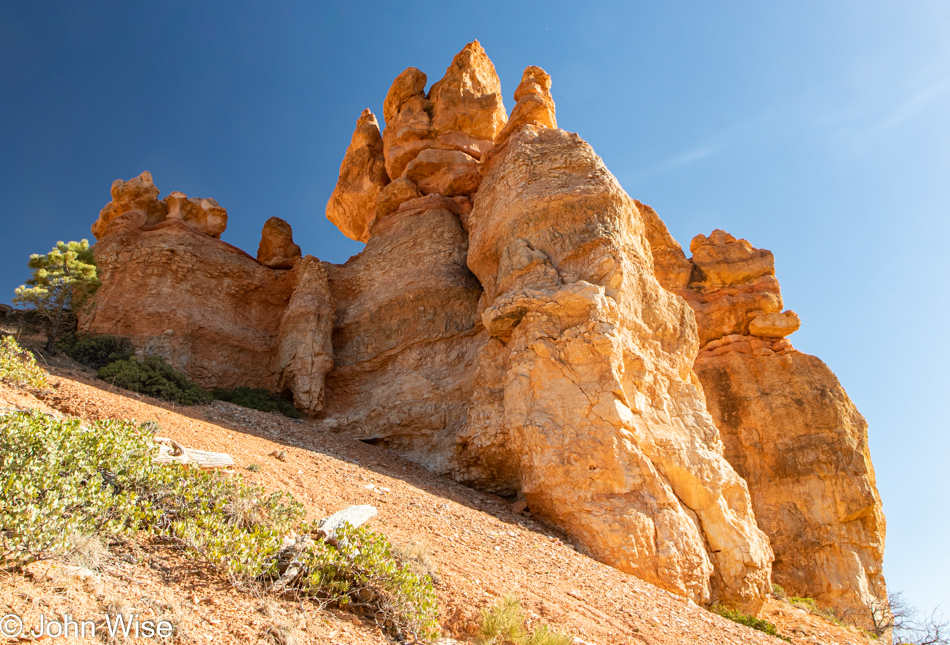
Did I not see this on the way up the trail, or does it just look that different from a change in perspective?
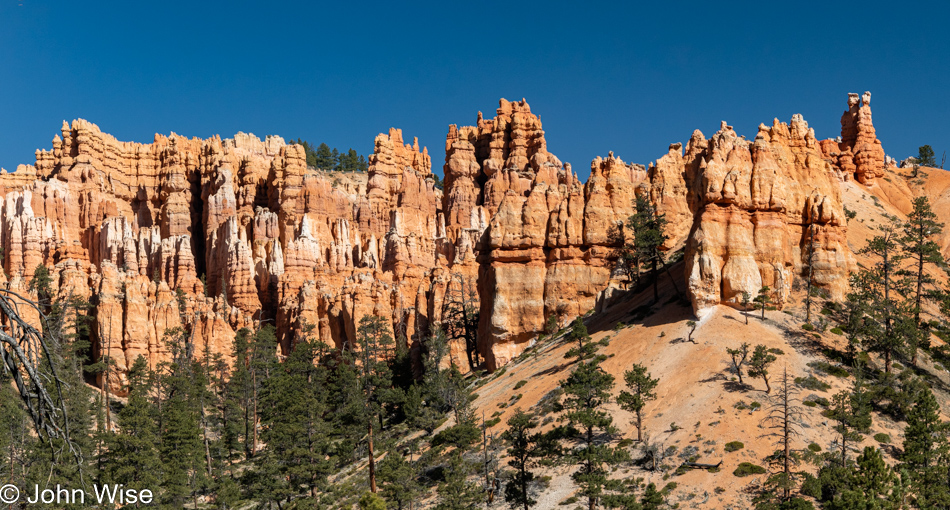
We are on the other side of the branch in the trail heading up Peek-a-boo.

The idea is to go as far as we’re still comfortable after starting on the trail in a counter-clockwise direction.
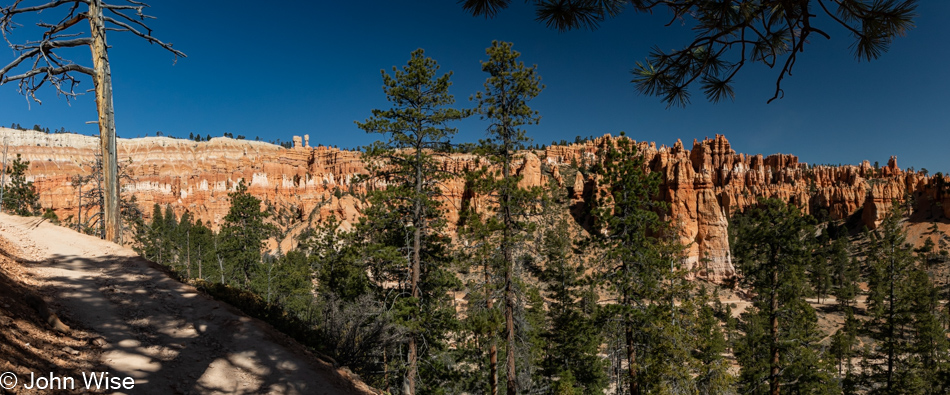
The Peek-a-boo is only 3 miles long, and we half-considered trying it, seeing our entry into the basin had already afforded us the chance to avoid the seriously difficult part of the trail that descended from Bryce Point and required us to leave that way too had we not hiked in on the Tropic Trail. But here in the curve the trail narrowed while the hillside dropped precipitously, so that’s it, I’m done, no more exposure for me.
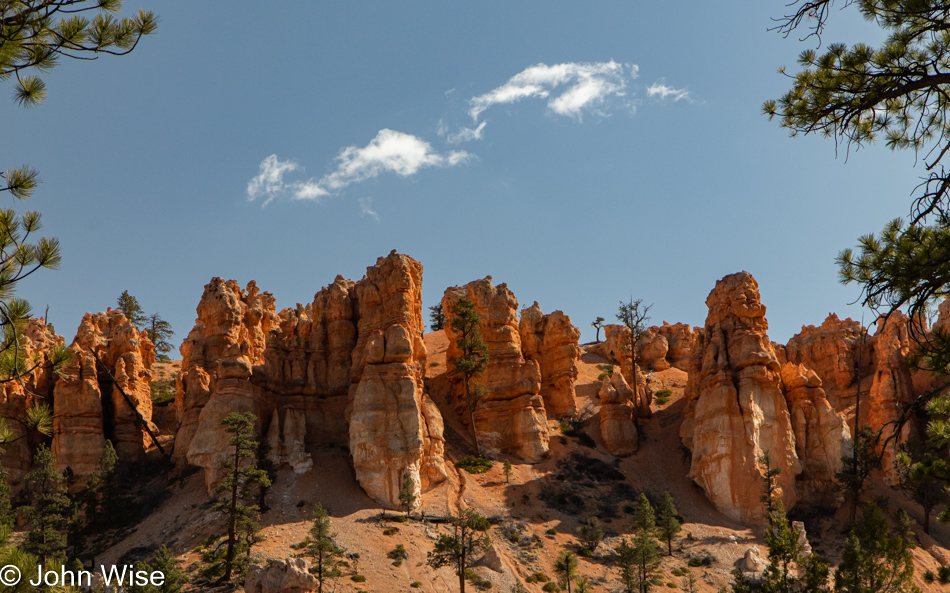
Having considered no hiking at all today and now being on the verge of 5 miles, we are happy that we’ve seen as much as we have.

Seeya some other day, Bryce, or at least we can hope to return someday.

We are back in Arizona, where the winds have gathered steam and a considerable amount of dust. Our time out here on the Colorado Plateau is growing short, but our desire to return home before dark is curtailing the throwing that concern out the window so I can photograph every sight that knocks at my sense of sharing what I find intriguing or attractive.

As much as we are moving forward, albeit relatively slowly, others are simply in a hurry. They race up behind us, except I’m now old enough that when I see them a mile behind me, I start looking for pullouts so I can take a short pause, allowing the insane to speed into impatience. This view from a pullout is just one of those moments.
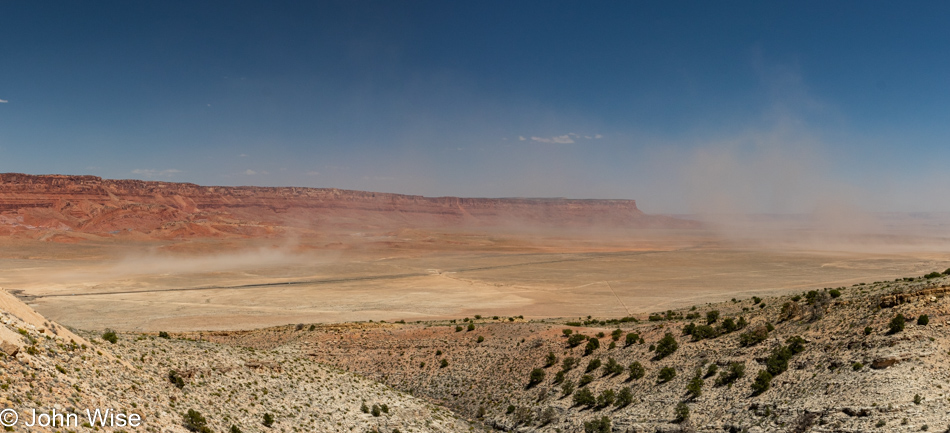
The scale here is lost in the midday sun, where shadows are rare. The amount of dust held aloft by the strong winds also fails to look as foreboding as it did to our naked eyes, but no matter as we’ll hopefully retain a sense of things long after we forget that we were traveling through the Vermillion Cliffs at this point after leaving the North Rim of the Grand Canyon behind us.

Come October, we’ll be right back here in the Marble Canyon area as we take a night before climbing up the road to spend the night at the Grand Canyon, north rim, of course, on the last day of their season. Come to think about it, we will drive through here again at the end of June with a night in Fredonia, Arizona, on our way into the Wasatch Mountains east of Salt Lake City, Utah.

Our worst fears about driving home in the afternoon on a Sunday once Phoenix started hitting the upper 90s are the traffic jams created by everyone else leaving the high country and their weekend in the Flagstaff area. Well, here we are, and there’s nobody out here! Talk of recession, $5 a gallon gas, and the conversation about overpriced hotels must be taking their toll, as this is just not normal. I can only hope that gas hits $8 a gallon over the summer.


